What Is A Subwoofer? (The Audio Device Explained)
What Is A Subwoofer? (The Audio Device Explained)
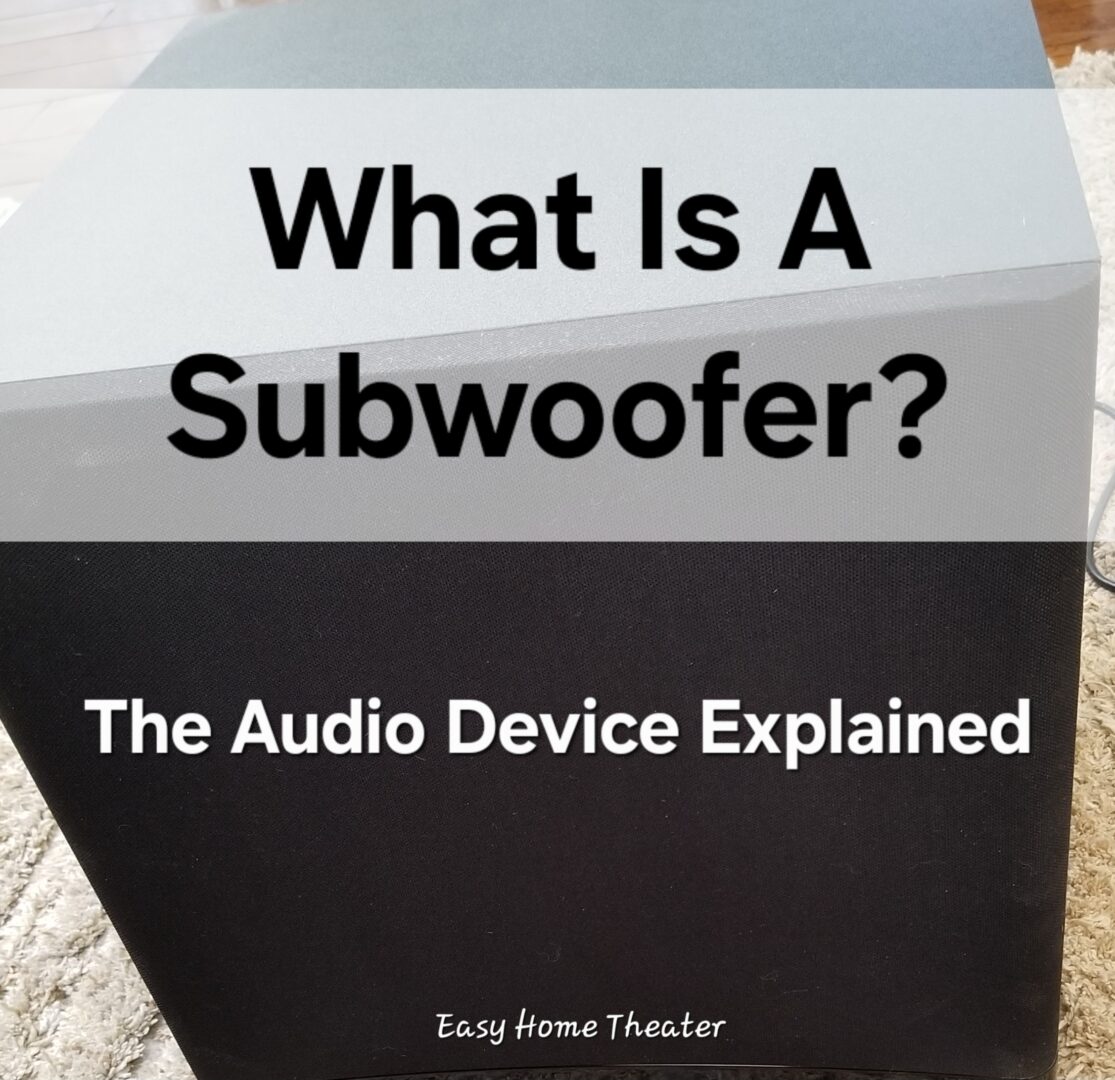
Subwoofers certainly are one of, if not the most interesting component of a home theater experience. They’re definitely a personal favorite of mine that’s for sure.
I mean something whose sole purpose is to produce the sounds you not only hear but feel, surely is breeding grounds for curiosity.
Hmm speaking of which, what is a subwoofer and how do they work? I’m sure some of you have wondered at some point how it’s possible for something so relatively small to be so powerful.
Fortunately, they’re actually a lot simpler than you would initially think.
So today, we’ll be looking into just how these curious boxes of joy work.
A good powerful subwoofer is something that can provide for a very entertaining experience.
When you get an exceptional one, you’ll see what I mean. I’ve actually given my thoughts on a few already if curious.
https://easyhometheater.net/the-best-home-theater-subwoofers
But In addition to that, I’ll also be letting you know what to look for in a good subwoofer, the types that exist, and what to generally keep in mind.
Anyway, without further ado, lets jump right in!
How A Subwoofer Works
The Different Types Of Subwoofers
The Pros And Cons Of Each Type
How To Choose The Right Subwoofer
Why You May Forgo A Subwoofer All Together
Final Thoughts
How a Subwoofer Works
A subwoofer is responsible for sounds lower than 80 HZ.
80 HZ happens to be the cutoff point for humans to locate where the audio is coming from.
In order to do this, the subwoofer utilizes 3 parts; a driver, an amplifier (amp), and its enclosure.
The driver is going to be the thing producing the sound, the amplifier will be the thing amplifying the sound produced, and the enclosure houses everything (basically the outer box).
https://en.wikipedia.org/wiki/Subwoofer
That’s the simple explanation, but let’s go a little deeper since there is a lot more at play here.
The subwoofer driver can come in many sizes, each with their own characteristics as well as caveats. Bigger is not always better when it comes to subs believe it or not.
Now this is an over generalization, but bigger drivers at least from my experience, tend to go deeper but aren’t as articulate as a smaller one; meaning they may sound boomy in comparison (again over generalization, not always)
The first thing to know about the driver is that inside it is something called a voice coil. A voice coil is a bundle of wire spiraled around a big cylinder inside. This cylinder is called the former (former being the name)
When electricity is fed into the voice coil, a magnet inside interacts with it, and it creates a magnetic field. It then moves the former up and down. (Still with me?)
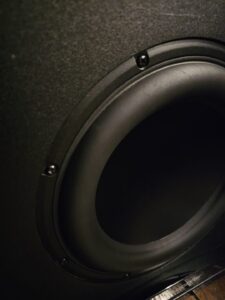
Since the former is also connected to the speaker cone (that’s the part you see on the outside of the subwoofer itself) it then begins moving. This moving causes a change in air pressure
Voila, with that change in pressure, now you have bass! To make it even easier to understand, when electricity goes to the sub, the driver moves up and down relative to the amount of electricity it gets, that’s really all that means. The more electricity, the more movement from the speaker cone and thus, the more sound.
But sometimes when you’re looking for a new sub, you’ll see mentioning of it being DVC or dual voice coiled. All this means is that there is an extra spiral of coiled wire inside, hence the double part.
Now you don’t need to worry too much about this unless you planned on building your own, but what you should know is that dual voice coiled allows you extra wiring capabilities to match an amp.
Again, this isn’t really something you would have to be concerned with unless you’re building one from scratch so don’t worry.
Speaking of the amplifier, it’s just a device that increases the power of something without getting too technical.
If you’re curious about more on it though here’s a more in depth look on amplifiers: http://www.audioholics.com/loudspeaker-design/understanding-impedance-electrical-phase
Then we get to the enclosure. The enclosure is going to be the outside box that holds the driver and amplifier together (no wonder why they’re heavy lol)
It’s also going to have a huge bearing on how it sounds. The size of the enclosure, the material it’s made of, the shape of the enclosure, the type, and the thickness of the material all play a contributing role. 8-inch, 10-inch, 12-inch, 15-inch, and 16-inch are the most common enclosure sizes.
They sometimes are filled with a material such as cotton to further reinforce the ability to play lower.
While there’s many different types of subwoofers, there are a few prominent ones you’ll likely encounter in your search that I want to go over.
The Different Types of Subwoofers
Ported Subwoofers
The first type of enclosure you’ll likely come across is called a ported box design.
The reason for the name is due to there being a port on either the front or the bottom of the subwoofer box (often referred to as a bass-reflex design)
When a subwoofer produces its bass, it also produces energy.
This energy happens to move a lot of air.
So when an enclosure has a port, it allows this air to escape and adds to the resulting output of the subwoofer itself.
The location of the port doesn’t matter all too much though.
The port size and shape does matter however, because that tends to change the change the amount of air escaped thus affecting the output in general.
Sealed Subwoofers
Another type of subwoofer you’ll usually encounter is called a sealed box design.
This design is also often referred to as acoustic suspension.
Just as the name suggests, the enclosure itself is sealed meaning there isn’t a port.
Vented Subwoofers
Vented subwoofers utilize a slimmer elongated port called a vent for managing their bass output.
The Pros and Cons Of Each Type
So which one is better? That depends.
Advantages Of Ported Subs
There are a few advantages and disadvantages to keep in mind with each design so let’s start with the advantages of a ported subwoofer box.
Often More Output Due To Their Port
A big advantage with a ported subwoofer box is that they usually have a lot more output because of their port.
The moving of air reinforces the sound and allows the amp to not have to do as much work.
This equates to some big sound with regard to movie watching.
Internals Can Run Cooler Due To Air Flow
Another often overlooked advantage has to do with its internals.
When a voice coil receives a current from the amp and moves the speaker cone, it produces heat.
However, with a ported design, air is allotted the ability to move freely in and out. This efficiency means that it can run a lot cooler and in turn, prolongs the life of the driver & sub overall.
Disadvantages Of Ported Subs
However there are some not so good things you should know.
Sometimes Not As Controlled In Their Output
Just because something plays louder, doesn’t mean it’s always necessarily better.
What I’m getting at is that with the ported sub, since the air is escaping the subwoofer, it’s sometimes not as controlled as its sealed counterparts tend to be (again just from what I’ve noticed)
For example when I tested music on some of my ported subs against my sealed ones, I noticed that my sealed sub wasn’t as loud as the other, but it was definitely more reserved and controlled.
Ported Versions Are Often Bigger
Another thing to know is that ported versions are usually a lot bigger than a sealed one.
So if you are spatially conscious, this would be pretty important to know.
Advantages Of Sealed Subs
Tend To Be More Controlled With Bass
An advantage with sealed subwoofers on the other hand is they have a tendency to control the bass a lot more.
They’re usually the opposite of being boomy—producing really tight and accurate bass.
Often Smaller In Size
Another advantage they have is that they also tend to be a lot smaller so you have a lot more options as to where to place them.
Disadvantages Of Sealed Subs
Somewhat Less Output
A big disadvantage though, is that sealed subwoofers don’t have the same raw output a ported one does. For any given volume, the ported sub is going to be louder typically.
Some may also find the bass to be a lot more muted too.
Advantages Of Vented Subwoofers
Cleaner More Controlled Output
I’ve noticed that with vented subwoofers, they tend to be more controlled while still retaining that high level of output.
This makes them quite versatile in their usage.
Disadvantages Of Vented Subwoofers
They’re Not As Common
On the other hand though, vented subwoofers aren’t as common as their sealed and ported counterparts — making them harder to find.
However with all of these designs in mind, do note that these are not the sole factors into how they’ll sound for sure when you hook them up yourself.
While the type can be a good indicator, it depends on infinitely more factors like room acoustics,size, and calibration. This is just some of the common characteristics these tend to have.
How To Choose The Right Subwoofer
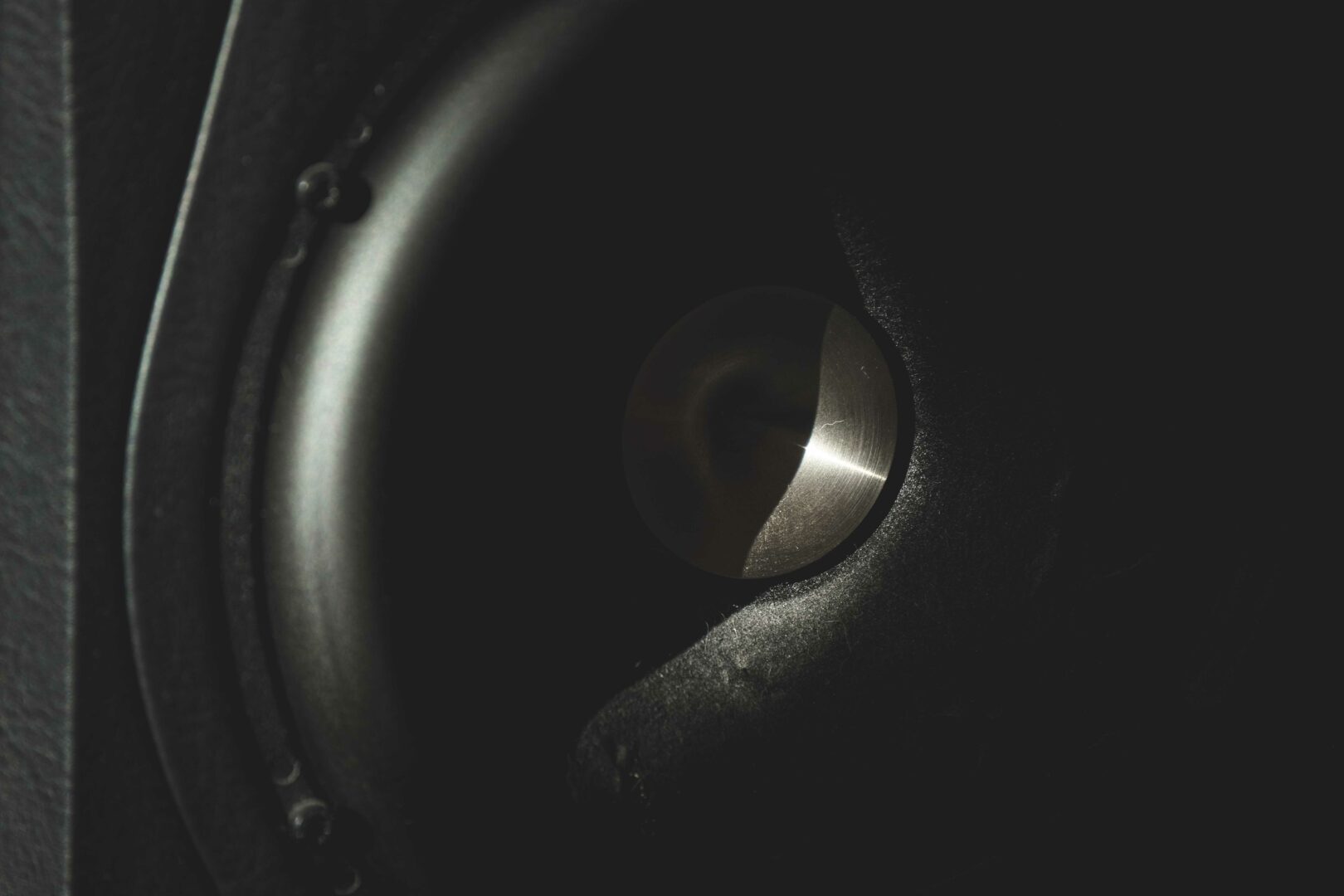
So with knowing that, how do you choose the best one?
Decide What Content You’ll Be Using Them For
Well first, we have to start with what you plan on listening to primarily. If you plan on listening to music, then a sealed might be a better option.
If you prefer movies, then you might want to go with a ported. However it doesn’t stop there.
Even if you decide you prefer one for music, the type of music plays a role too (here’s where we get into opinion territory)
In my opinion I feel that a ported subwoofer is better for genres like hip hop, rock, and house music. It made things all the more visceral and engaging; more fun for certain.
For classical and smooth Jazz though, I liked the sealed better because of its controlled nature.
For movies, that’s a toss up.
I’ll be honest, I couldn’t really tell which I liked better. There certainly was a difference present, but for some reason I couldn’t tell which I liked more.
I think I’d lean slightly more towards the ported, but that’s only because of the extra extension on the lower notes.
I think either one is fine for movies though.
The Amount Of Power You’d Need Based On Your Room Size
Based on your room size, the amount of power you’ll need the subwoofer to have is going to vary.
While total watts is important, 2 just as important factors related to power is the RMS & Hertz (Hz)
The Amount Of Continuous Power Of The Sub (RMS)
RMS, or root mean square, is a specification used to describe the continuous amount of power a subwoofer has.
The higher that is number is, the better. It’s usually listed after the peak wattage.
Peak wattage is the highest amount of power the sub can produce.
While that’s important, I’d honestly say the RMS is more important because this will be the power you’ll actually experience in normal usage.
The peak wattage is rarely reached and doing so for an extended period of time would do damage to it.
The Subs Frequency Range (Hz)
With Hz, that’s a measure of frequency and the lower the Hz, the lower bass notes your subwoofer will reach.
As a good starting point to keep in mind, if the Hz number reaches into the 30ish range, then you’re good to go.
But ideally you’d want it to go as low as possible. But to go lower, it requires more power.
That’s why you’ll often see subwoofers that go super low be on the more premium side since it takes effort to so.
But the size of your room like mentioned earlier, will indicate how much power is necessary and this is often tied to the subwoofer’s cabinet size.
I’ve found that for the average sized room, around 20 feet or so, 8 and 10 inch subs often work well.
For large rooms (25 feet and up) you’ll probably want to go with a 12 inch or bigger.
From my experience, a large subwoofer in a smaller room works fine, but a smaller subwoofer in a big room can be underwhelming.
That is, unless you use 2 of them, in which case that changes things dramatically due to more output.
https://easyhometheater.net/setting-up-2-subwoofers
Why You May Forgo A Subwoofer All Together
There may even be a certain instances where you may want to forgo a subwoofer all together.
For example, if you were looking for an alternative, what you could technically do is get speakers with a broader frequency response range that can handle some of those frequencies.
Then you wouldn’t have to worry about getting an extra subwoofer and could shift the focus into more capable speakers.
Floorstanding speakers in particular are a great example of this, and some even have the capability to outperform some subwoofers!
https://easyhometheater.net/the-best-floor-standing-speakers
Another thing you could do is use bass shakers.
These are small devices that attach to your seating to give a similar experience of a powerful sub.
Final Thoughts
Hopefully that demystifies a little bit of the topic of a subwoofer along with some of the things you may want to look for.
By choosing the right one for your room, they have the ability to completely transform your movie watching experience making them entirely worth it.
Oh yeah and also by the way, here’s something I’ve always done that you can try. If you want a little bit of an extra kick with your subwoofer, what you can do is run it hot; not by too much but just a little.
This basically means increasing the bass a few dB from the prior setting.
What I do after I calibrate my sub is I turn up the subwoofer volume 3 notches or DB (decibels) higher in the receiver.
By basically tuning it at a slightly higher level than what it was initially calibrated at, it adds an extra amount of impact to the bass.
Now I know that means it’s no longer technically “accurate” but from what I’ve personally experienced with each of my subs, it always added that subtle extra kick without overdoing it.
Calibration tends to tame the bass relatively speaking, so by doing that, it feels just right subjectively speaking.
But I don’t know that’s just me, tell me what you guys think though after you’ve tried it. Did it help?
Do you have other questions about something?
Leave a comment and I’ll try my best to help.
Until next time. Make it easy, keep it simple.
About Me

Jay
Hey everyone it’s nice to meet you. I'm Jay, writer & founder of the site Easy Home Theater. I've been with this hobby of home entertainment for many years now. I decided to create this site to be a helpful resource, and share everything that I've learned from personal experience with you. I also happen to be a huge gamer, lover of all things tech related, and a major fitness buff (love weightlifting)
Contact: Contact Jay
Facebook: https://www.facebook.com/Easyhometheater/
X: https://x.com/easyhometheater
Pinterest: https://www.pinterest.com/easyhometheater/pins/
Instagram: https://www.instagram.com/easyhometheater/
Followit: https://follow.it/easy-home-theater
Bluesky: https://bsky.app/profile/easyhometheater.bsky.social
4 Comments so far:
-
-
Yeah no problem, glad it helped!
-
-
What a great article share. A great contribution especially for someone looking forward to buying a car subwoofer, amplifier and enclosure. If anybody wants to install a new one, this is the most effective share, that will be very helpful for best choice. Thanks a lot for the post.
-
Appreciate it. No problem at all.
-

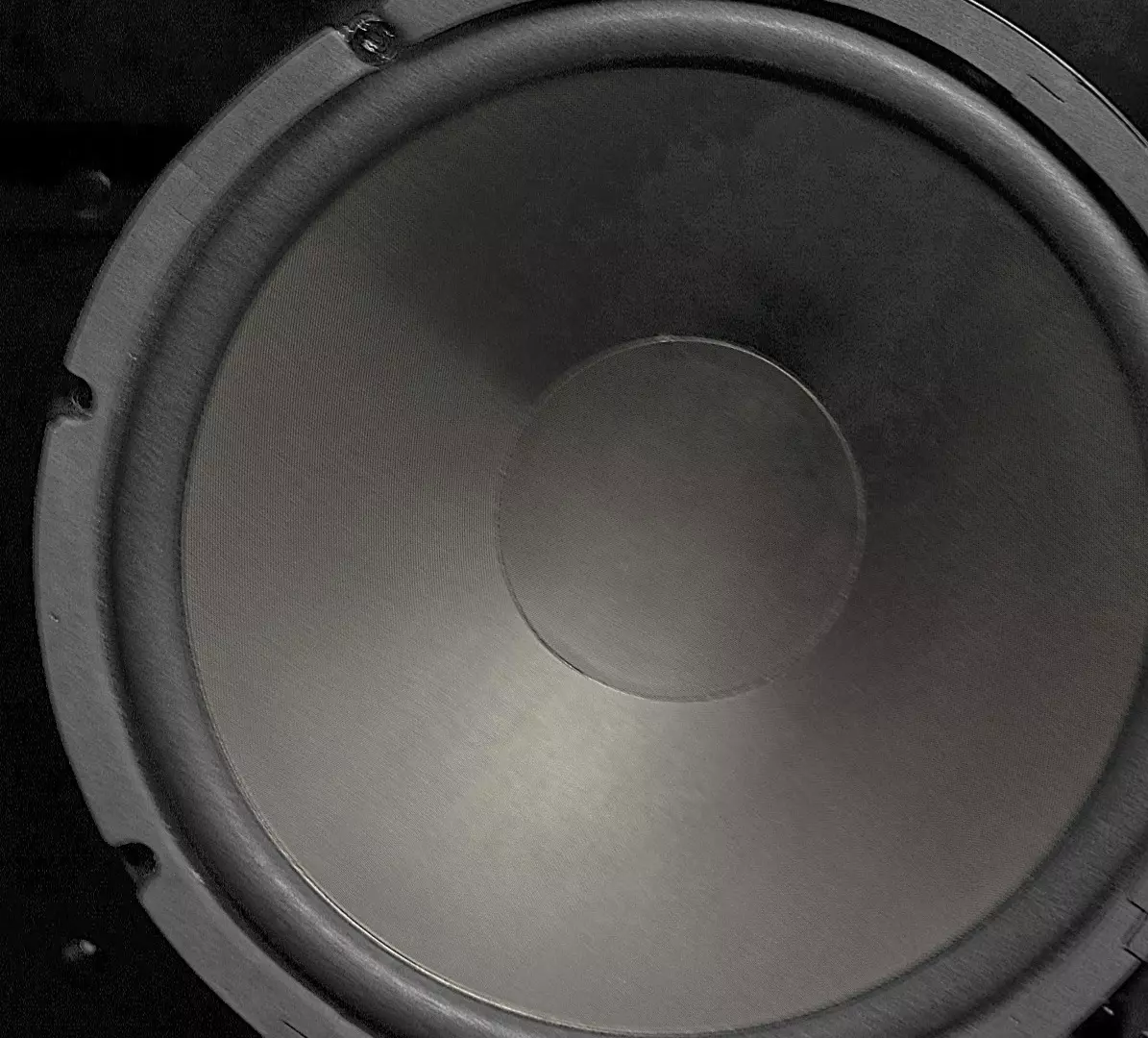
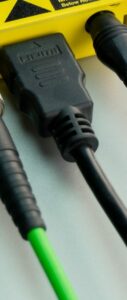


What a great article share. A great contribution especially for someone looking forward to buy a subwoofer. If anybody want to install new one, this is the most effective share, that will be very helpful for best choice. Thanks a lot for post.